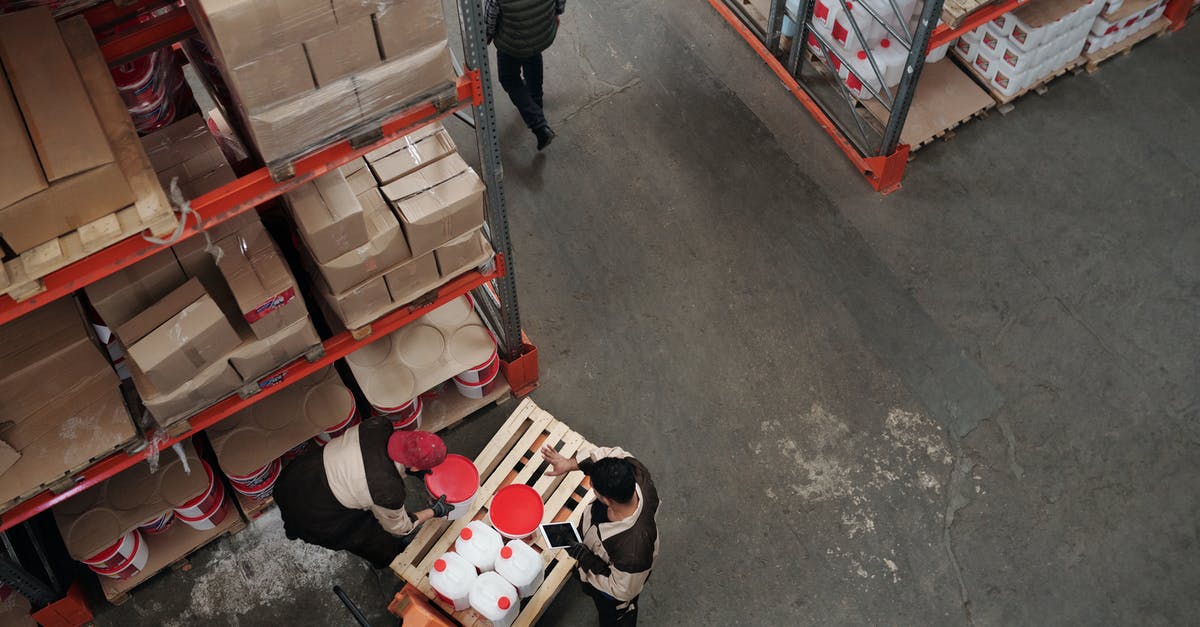How does "BHT added to packaging material" actually work?

This is not a question about the merits of BHA or BHT (butylated hydroxyanisole or butylated hydroxytoluene). It is a question about how BHA/BHT work when "added to packaging material".
The BHA is often added directly to food, where it has an antioxidant effect keeping fats from turning rancid during storage. But often, especially on whole grain breakfast cereals, BHA is listed as "added to packaging material".
What mechanism allows the BHA/BHT in the packaging to protect the food? Does it adsorb free radicals for example? Or "added to packaging material" just a marketing trick, because the BHA/BHT actually must migrate to the food to work?
[Ref 1] Encyclopedia of Food and Color Additives, edited by George A. Burdock
Best Answer
BHA, BHT and/or TBHQ aren't added to the packaging to keep the cereal from spoiling. It's actually added to keep the box from spoiling.
As you stated, BHA and BHT slows down the oxidization of fats and oils. It keeps them from going rancid. And while some of this preservative will migrate into the cereal, many cereals don't actually have any fats or oils. The grains that go into cereal, be it corn, wheat, or oats, contain a small amount of fat and protein in the germ, or the tiny little center of the kernel. During production, though, the grain is degerminated, precisely because the fats in the germ spoil so quickly. Whole grain cereal, though, still has its germ. This is great nutritionally, since most of the vitamins and protein are in the germ, but then, so is the fat. And fat goes bad. So some of the BHA and BHT in the plastic bag is meant to migrate into the food. This is a bit of a semantic dodge for marketing purposes- it's not in the food, but it will be soon.
A lot of non- whole grain cereal is completely fat free though, but will still be packed in a box with BHA, BHT, and/or TBHQ. So where is the fat coming from?
During the 90s, most companies transitioned from brand new white cardboard to recycled brown cardboard. And just as importantly, they transitioned from petroleum based inks to soy based ink. Now, soy based ink is great for the environment because it biodegrades in the trash, but therein lies the problem. The soybean oil in the ink biodegrades. It goes rancid. The colorful graphics printed on the box will eventually taste and smell a bit off. Not only that, but the recycled paper is going to already contain some rancid ink from the newspaper and boxes that it was made of.
Now, the plastic bags that cereal are packed in are very, very, close to being air- and liquid- tight, but they are not perfect. In the course of sitting on the shelf, they will absorb odors and tastes from the outside world. This includes the smells and tastes of rancid box ink. In order to guard against this, manufacturers add preservatives like BHA/BHT to the box ink. Because the food is also absorbing some of those preservatives in the box, legally, box preservatives are also listed as a food ingredient.
Our societal push to recycle paper and save trees has some odd implications for food packaging.
Ink now has to have preservatives if it is going to be close to food. The plastic bags inside the box also have to be thicker because the boxes that our food are stored in already contains some rotten ink. And finally, we now eat more preservatives in our cereal, because the cereal absorbs some of the box.
Pictures about "How does "BHT added to packaging material" actually work?"



How is BHT added to packaging?
Many of America's favorite cereal brands contain a dash of BHT, a synthetic antioxidant that prevents vegetable oils from going rancid. BHT may be added directly to cereal, though it is commonly added to the plastic or wax paper liner of the packaging. From there, it migrates into food.What is BHT added to packaging material to preserve freshness?
Food manufacturers add butylated hydroxyanisole (BHA) and butylated hydroxytoluene (BHT) to foods like cereal and other dry goods to help the fats in these products stay fresher longer. Both BHA and BHT are antioxidants, which means they can provide some protection from the damaging effects of oxygen exposure.How does BHA work as a preservative?
How Do They Preserve Food? BHA and BHT are antioxidants. Oxygen reacts preferentially with BHA or BHT rather than oxidizing fats or oils, thereby protecting them from spoilage. In addition to being oxidizable, BHA and BHT are fat-soluble.How does BHT work as an antioxidant?
The species behaves as a synthetic analog of vitamin E, primarily acting as a terminating agent that suppresses autoxidation, a process whereby unsaturated (usually) organic compounds are attacked by atmospheric oxygen. BHT stops this autocatalytic reaction by converting peroxy radicals to hydroperoxides.HONEY BUNCHES OF OATS | VALUE SIZE | UNBOXING
Sources: Stack Exchange - This article follows the attribution requirements of Stack Exchange and is licensed under CC BY-SA 3.0.
Images: Tiger Lily, Prateek Katyal, Aleksandar Pasaric, Thirdman
